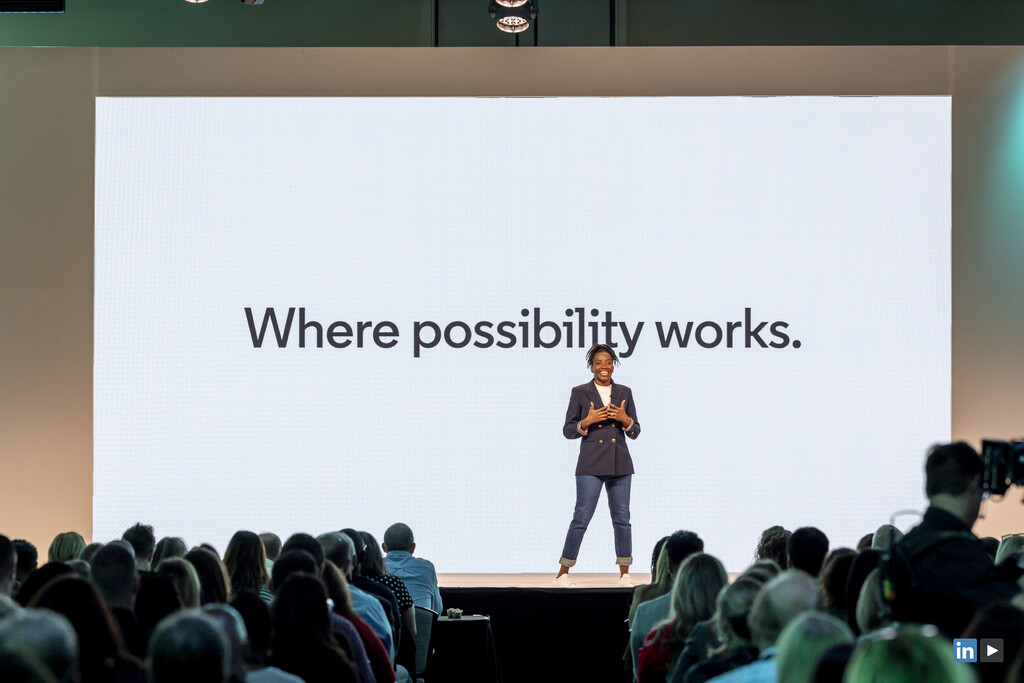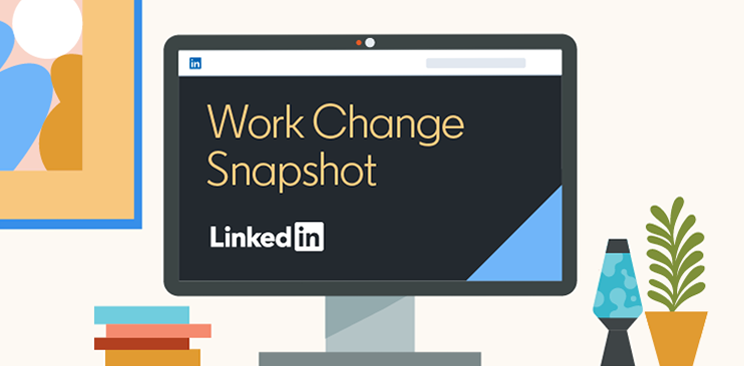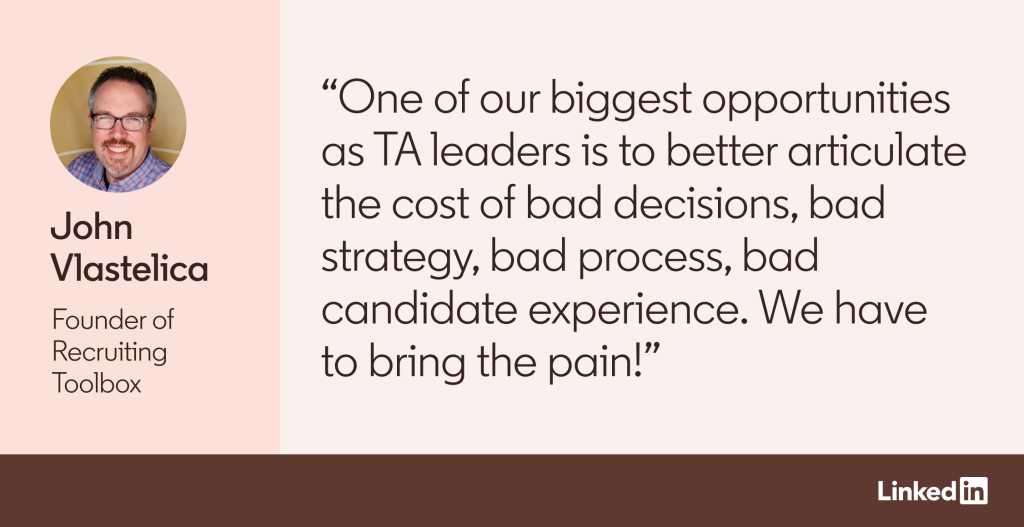You’ve got targets to hit and candidates to wow. But as your to-do list stretches endlessly before you, it may feel like you can’t possibly do both. After all, there are only so many hours in the day.
Fortunately, there are plenty of ways to take back time. Even making a few tiny tweaks to your work processes can make a massive difference, putting precious minutes and hours back into your week.
To send your efficiency into hyperdrive, we’ve compiled eight simple but effective tips that can boost your productivity, cut down on wasted time, and even make your job a little easier.
1. Track how long you spend on each activity
Plenty of recruiters and talent acquisition pros believe they could be more efficient, but many don’t know where to start. That’s because it’s hard to make effective changes if you don’t know what tasks are your biggest productivity killers.
Tracking your time can help. There are a number of apps, including RescueTime and Toggl, you can use to do this. RescueTime runs in the background and tracks how often you get distracted from the task at hand. That way you can make adjustments, such as turning off notifications on all your devices — especially when you’re tackling a task that requires your full attention. Toggl lets you use one-click timers to track time spent on individual tasks. Both have free and paid versions.
Whatever method you use to track your time, try it out for a week or 10 days and review your results. You may find that certain tasks are taking up a disproportionate amount of your day, indicating an area for possible streamlining.
You may also be able to spot your most or least productive times of day, allowing you to schedule your work around them. For example, if you seem to be most productive in the morning, you may decide to spend that time focusing on your most difficult or important tasks, like sourcing or workforce planning.
2. Prioritize and set a plan for the day
Having to figure out what task to jump on next can take up a surprising amount of time throughout the day. Take a few extra minutes each morning to brainstorm a working strategy for the day and you’ll always know what to focus on next.
- First determine what must be done that day and what can wait until tomorrow or even next week. “In the world of recruiting, I know an effective day would be almost impossible without prioritization,” says Cooper Kearns, a recruiter for marketing and creative staffing firm Planet Interactive.
- Knock out the tasks due that day first; then designate time to work on other projects that have longer deadlines.
- Try not to go over your allotted time for each project because when you give unscheduled time to a task that puts you in jeopardy of falling behind on something else.
3. Get your email life in order
One thing that may become apparent when you start tracking your time is how often you check your emails throughout the day. While it might seem like a minute here and a minute there doesn’t really matter, all those minutes start to add up. To make matters worse, some research suggests it can take up to 23 minutes to find your focus again after an interruption, making even the simplest task take a lot longer than it needs to.
If you get behind on your email, you may easily become overwhelmed. “I get anxious if my inbox is at 20+ and that’s for personal/work combined,” writes Bradley Rice, founder of the Salesforce Trailblazer Mentorship Platform. “I feel like my inbox represents my brain to a degree and if I’ve got 20+ thoughts/tasks bouncing around I’ll struggle to focus and make any progress on any one of those items.”
To get your email game on track:
- Tackle email in batches. Schedule a block of time for reading and responding to emails, like 15 minutes when you first get into the office and again after lunch, and try your best not to peek at your inbox outside of those time frames. Closing your email entirely may help you resist the temptation. If you’re worried about missing something urgent, you can always add a little note to your email signature to set expectations and let people know how they can get your attention sooner if it’s absolutely critical.
- Use folders and filters. Create a system where you know where emails should go, whether it’s based on priority or on projects. After you open an email, respond to it, delete it, or put it in an appropriate folder.
- Create templates for repetitive tasks. If there are certain types of emails, such as candidate check-ins, that you tend to send over and over, create a template. Even if you take a minute or two to personalize it whenever you send it, you won’t be wasting time starting from scratch.
4. Turn tasks over to AI
“AI in HR is no longer a distant future — it’s here,” writes HR compliance and employment law specialist Alanna Rodriguez.
Indeed, breakthroughs in artificial intelligence allow you to hand off mundane, repetitive tasks so you can focus on other things. Here are a few obligations AI can take off your plate:
- Written correspondence. Crafting personalized InMails to send to potential candidates can be time-consuming. LinkedIn’s AI-Assisted Messages takes information from a candidate’s profile as well as your company and job description to come up with a personalized inMail. Not only does this free up your time but it’s effective: AI-assisted InMails have a 40% higher acceptance rate from potential candidates than those not crafted using AI.
- Onboarding tasks. Chatbots can be programmed to answer HR questions and help employees get oriented to the organization. For new employees, chatbots can also take care of activities like providing status updates, answering training-related questions, and even connecting employees with wellness resources. There are a range of off-the-shelf options, like Mya and Olivia, available to you. Some companies, including Sutherland and Johnson & Johnson, have even created their own chatbots or interactive platforms.
- Job descriptions. Instead of having to figure out the best way to outline the responsibilities of a job, recruiters can come up with basic information like the job title and company name and AI can fill in the rest.
5. Use an automated calendar tool
Scheduling phone screenings and interviews can take several back-and-forth messages to find a slot that works for you and your candidate. That’s not including the long pauses between replies when you or they are away from their computer. Here’s how to take some of the pain out of making a connection.
- Streamline scheduling with an automated calendar tool. If you use LinkedIn Recruiter, you can add a link to your calendar availability directly in your InMails by using LinkedIn Scheduler. Candidates just have to click the link and select a suitable time and Scheduler will add the details to your calendar.
- You can also explore tools like Calendly and YouCanBook.me. Both offer some basic features for free and more advanced options for a monthly fee.
6. Experiment with productivity techniques
When your to-do list becomes exhaustive, it can be easy to forget to take a break. But if you’ve ever found yourself trying to eat your lunch while conducting phone screenings, it’s time to reevaluate. There are a number of productivity methods that may help you get more done in less time. Here are a few you might try:
- To get in the habit of giving your mind a breather, try the Pomodoro Technique. This time management strategy involves using a timer to separate work into intervals, typically 25 minutes, and reminding yourself to take a short break of maybe five minutes in between. Francesco Cirillo, who developed the technique, used a kitchen timer shaped like a tomato (pomodoro, in Italian), but the timer on your smartphone is ideal. You can adjust the time based on what works best for you. Of course, if you find yourself in the zone when your timer goes off, you don’t have to stop. But this technique is a useful way to be more mindful about taking breaks and becoming less and less productive with each passing hour.
- Time blocking is another strategy that some might find helpful. Divide your day in blocks of time, each dedicated to a particular project or task. Refrain from multitasking; the idea is to focus on one thing at a time before moving onto the next.
- Another tactic, called “Eat the Frog,” suggests that you determine what task is the most important or challenging project of the day and tackle that first.
- And if you have those days when you really can’t take a five-minute break, consider switching up your location or even taking your phone screenings outside. The movement and change of scenery will give your productivity a bump.
7. Save candidate updates for designated periods
Keeping candidates updated after the interview can have a major impact on their impression of your company — and their likelihood to accept an offer should you make one. But responding to anxious emails and phone calls from enthused candidates can quickly become a time suck.
Avoid the temptation to respond to messages right away without damaging the candidate experience by blocking off time on your calendar every week to send a quick update. Stacy Zapar, a recruiting influencer and founder of The Talent Agency, does this every Friday afternoon during a focused two-hour session she calls her Friday Feedback Blitz.
This strategy only works if you set candidate expectations up front. Stacy does this by telling every candidate that they won’t go into the weekend without an update from her — and then sticking to that rule, no matter what. That way, candidates know they don’t have to badger you for news, meaning you’ll have fewer emails, calls, and texts to distract you during the week.
8. Make time for self-care
Taking regular breaks has been proven to increase productivity, boost creativity, and restore motivation — so the minutes you spend grabbing a coffee or going for a quick power walk are definitely worth it.
Don’t leave taking breaks to chance. Pencil in a few minutes several times a day where you have time to get up and take a brief walk or get something to eat.
During your breaks, also allow yourself to focus on something that is entirely unrelated to work. This may be the time you scroll through a social media feed or read a few pages of a novel you’ve been wanting to read. Burning out won’t make you more productive, so taking regular breaks is actually an efficiency boost.
Final thoughts: Simple changes can make a great impact
Don’t compromise on quality to gain speed. Become better and more efficient at your job by making simple changes that have a powerful impact.
Focus on automating the most repetitive aspects of your work and cutting out or streamlining steps that add more time than they do value. Be mindful about your habits and try to tailor your schedule to play to your most productive times of day.
Time is truly your most valuable asset. Use strategies, tools, and technology to take control over your time so it doesn’t take control over you.










